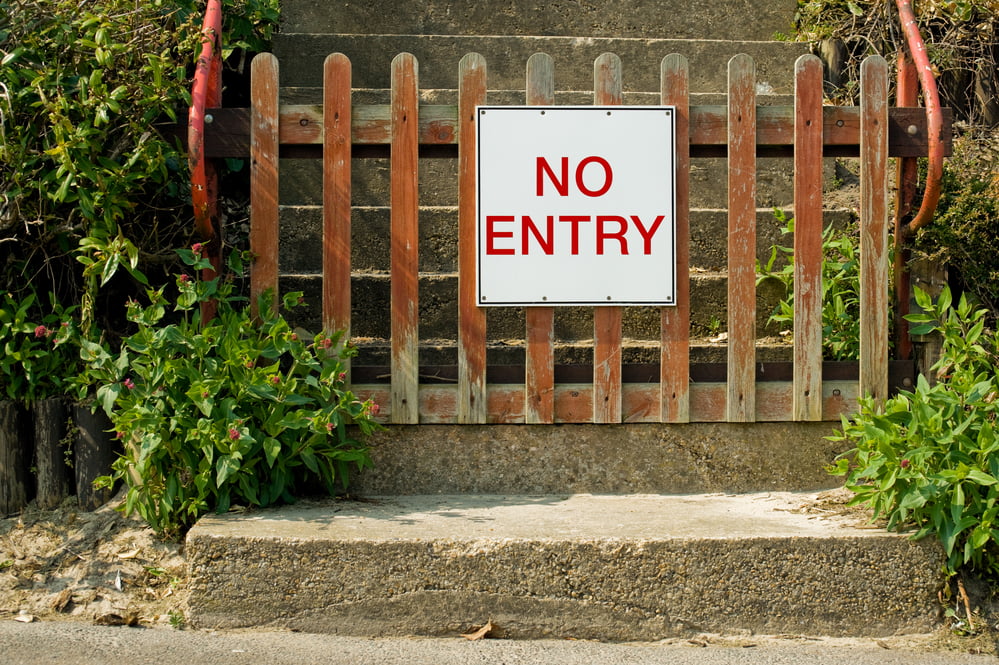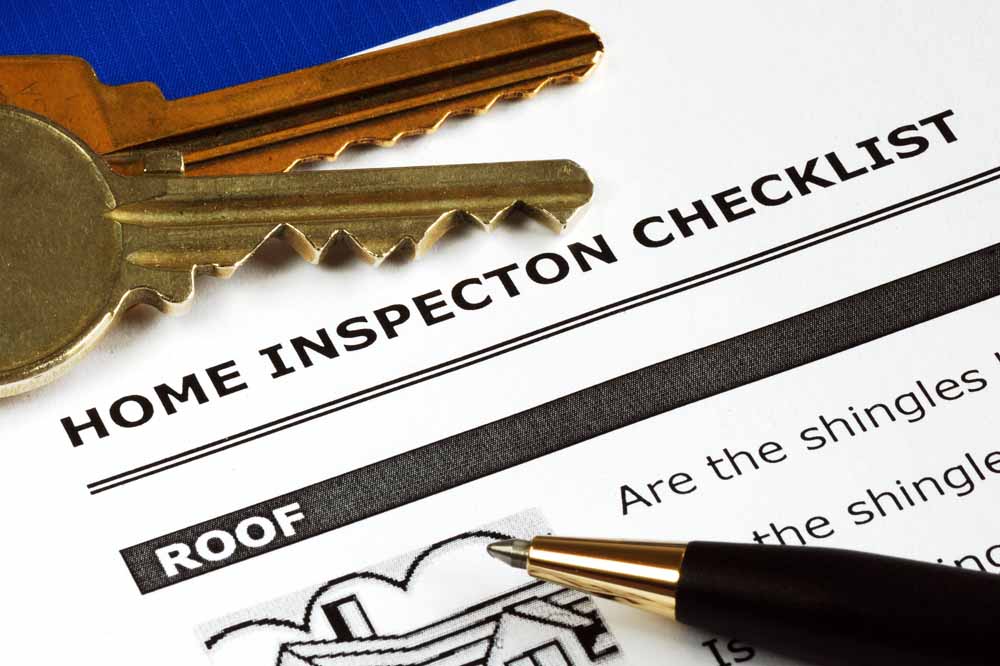What happens when your building inspector is unable to inspect a property you’re interested in buying? This may occur because areas of the house are unsafe, or because stored items are restricting visibility to all the home’s nooks and crannies.
What Can You Do If Your Building Inspector Is Unable To Inspect?
Knowing your rights and responsibilities as a buyer is a good first step, but there are other things you can do if you find yourself in this tricky situation.
Using the system
Most sellers are keen to present their property in a clean, decluttered state. They give their house a thorough going-over, cleaning, polishing and repairing, knowing that a sparkling home is more likely to attract higher buyer dollars. Unfortunately, there are other sellers out there who know their homes have major issues, yet are unwilling or unable to spend the necessary money to fix them. In these cases, a professional building inspection is crucial for the buyer to know exactly what they are getting for their money. But searches can be of limited value if the inspector can’t get access to all areas of the home.
It may be that a house is jam-packed with furniture or stored items making it impossible for building inspectors to get a clear view of walls or floors. In some cases, unscrupulous sellers will use their knowledge of property inspections to prevent an inspector from accessing areas like the garage, roof or stumps by piling stored belongings into these spaces.
Property inspectors may ask sellers to provide them with clear access, but they cannot force them to do so. For reasons of safety and propriety, building inspectors are not expected to move the seller’s belongings. Sadly, some sellers are all too aware of this fact!
If the inspector discovers debris, stored items or heavy furniture blocking their path as they move through their inspection, they will simply mark the relevant area as inaccessible on their building inspection checklist. This could result in a property buyer going into a sale without a full understanding of the condition of the property – and very little recourse to do anything about it should faults show up down the track.
Knowing your options as a property buyer
If your property inspector discovers obstacles that prevent them from investigating the safety of a house, a property buyer has four options:
- Back out of the sale. If it looks like the seller has deliberately blocked an inspection, it should be a massive red flag that there are major issues with the house.
- Demand a re-inspection at the seller’s expense. You’ve already paid for one inspection. If your report comes back with significant areas deemed ‘inaccessible’ you may invite your seller to pay for a follow-up inspection. Be aware, of course, that they are not legally bound to say yes.
- Ask the advice of the building inspector. An experienced, professional business inspector has seen it all before! Even if some areas of the house are difficult to access, your inspector might have some suggestions about what sorts of problems are likely to be behind the cover up.
- Use it to your advantage. A hold up like this can be a way to gain leverage during your sale. You may wish to bargain down the price or delay the ‘unconditional’ date, putting pressure on the seller to comply with proper inspection conditions. Always get advice from your solicitor, however, as delaying for too long can lead to you losing your deposit.
Knowing your rights and responsibilities as a property buyer
It is becoming increasingly important for property buyers to be aware of their responsibility to discover defects in the property they intend to purchase before they buy. Buyer knowledge of how the system works has also increased as a result. This responsibility is known as Caveat Emptor, a Latin principle meaning ‘buyer beware’.
Under this common law, the purchaser must undertake their own investigations of a property. The seller is legally obliged to disclose issues relating to the land title – like easements and covenants – but this does not apply to generalised damage and ‘wear and tear’. Note that the laws of disclosure are different from state to state in Australia, too. In some cases, sellers are required to disclose pre-existing structural problems, or major events like floods that have affected the house. The difficulty here, of course, is that the seller may not know the home’s history – or it can be impossible to prove that they knew of any faults before the sale.
Unfortunately, this means that if a property buyer attempts to seek compensation for any defects with a property that are discovered after purchase, they will find themselves at a significant disadvantage legally. You may hear of documented cases of successful legal action taken against sellers when faults are discovered after settlement, but these cases are rare, complex and extremely costly to negotiate. It’s disappointing, but the responsibility for discovering any issues with a building really does lie with the buyer.
Red flags to watch out for
If you are buying a property and notice any of the following, be sure to raise the issue with the seller or your building inspector.
- Blocked ‘man holes’ or access routes. If your inspector cannot gain access to your roof cavity, they may miss crucial information about the condition of the roof, insulation or electrical wiring.
- Long, unkempt grass. Long grass hides a multitude of house features! This may conceal foundation problems, prevent access to the crawlspace or make it difficult to identify pest infestations.
- Stored items. Storage areas like the garage, roof cavity, utility rooms or spare bedrooms are often used by sellers to stash household items, helping the rest of the home look less cluttered. Unfortunately, this means your inspector may not have clear visibility of the condition of walls, carpets or electrics in these spaces.
If you are in any doubt about the condition of a home you intend to purchase, always contact a professional building inspector to take a look. Even if they are unable to inspect some areas of the home, they will be best placed to provide advice about any likely hidden concerns and could help you negotiate ways to get a clearer picture of your investment.












